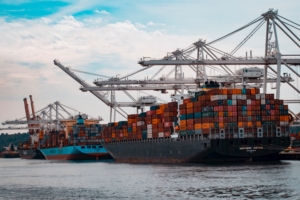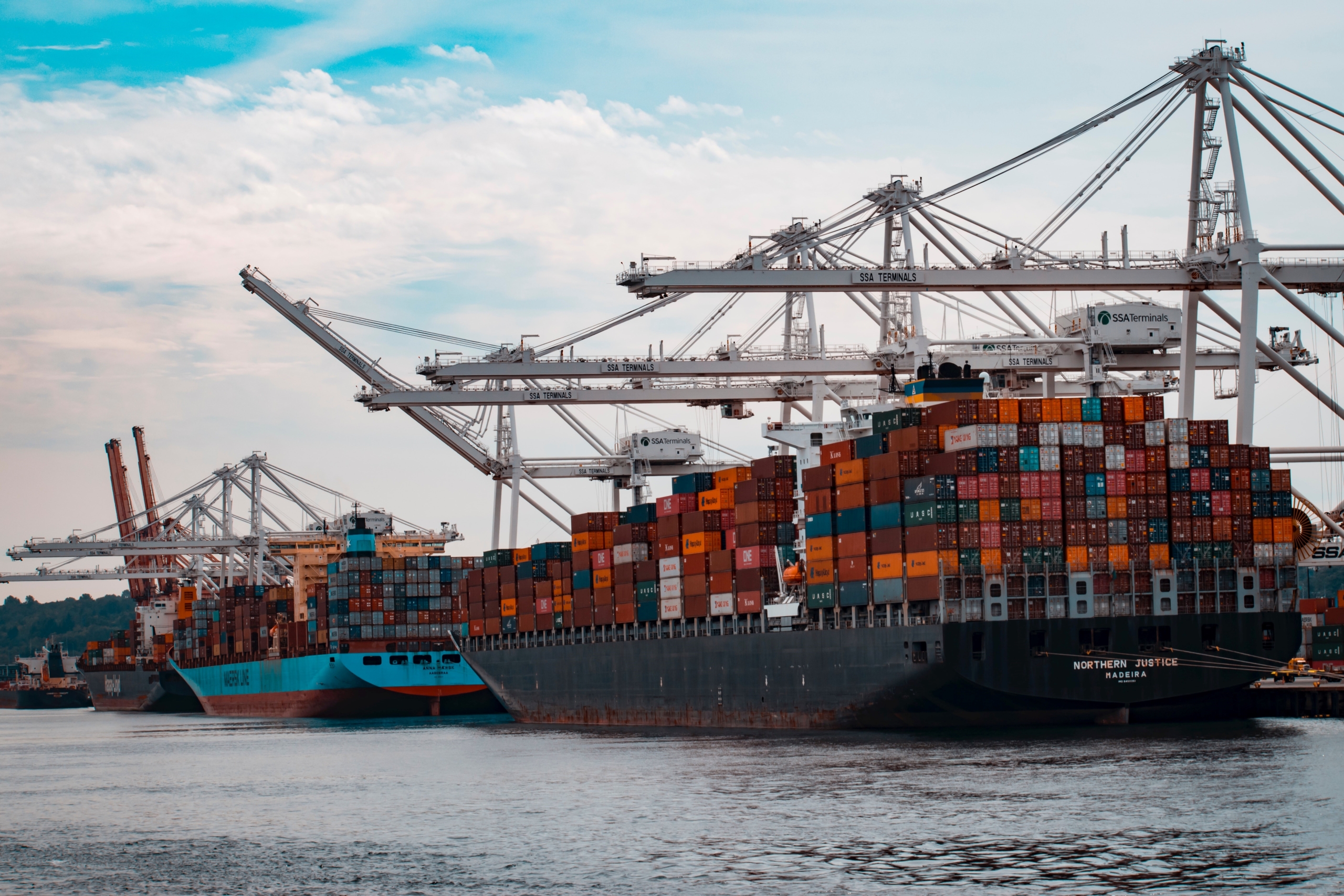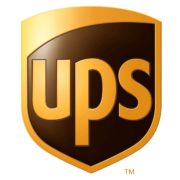A recent survey by Smart Manufacturing Technologies found that forty percent (40%) of the manufacturers they surveyed had zero visibility into their manufacturing processes; in other words they are working in the dark.
The survey went on to say that nearly 10% of the respondents spent half of their day looking for equipment and products. These results certainly indicate that there is a tremendous need for improvement in tracking manufacturing processes.
If you can’t find or track the products today, how can manufacturers prepare to make changes in demand or production schedules in the future? The reality is they cannot unless there is a marked improvement in their processes. Here are some additional statistics from that same survey.
30% of the manufacturers surveyed stated that they did have access to instant, real-time status of every product. That leaves 70% unable to find all of the goods or some of the goods. Not great odds!
56% of the manufacturers surveyed are using what they termed “limited visibility data” to identify problems as they occur. Therefore more than half of the respondents only know about a “crisis” after it occurs. (Do you see a trend here?)
Remember, these results are for manufactured products before they even enter the supply chain. What can happen once they enter the supply chain….plenty! Improvement initiatives will require that company’s create, follow and continually monitor Supply Chain Risk Management Strategies. Wikipedia defines Supply Chain Risk Management as “the implementation of strategies to manage both every day and exceptional risks along the supply chain based on continuous risk assessment with the objective of reducing vulnerability and ensuring continuity.” We would add the words “eliminating vulnerability and ensuring continuity” to the Wikipedia Wikipedia goes on to describe Supply Chain Security as “efforts to enhance the security of the supply chain, the transport and logistics system for the worlds cargo. It combines traditional practices of supply chain management with the security requirements driven by threats such as terrorism, piracy and theft.” So what are some typical supply chain security activities?
• Screening and Credentialing of all participants in the supply chain
• Screening and validating the contents of cargo being shipped throughout the transportation journey
• Advance notification of the contents of the cargo at the destination country
• Ensuring the security of cargo while in transit via the use of security devices
• Complete inspection of the cargo upon entry into the destination country
As you can see, these are very broad recommendations; every company should have a comprehensive plan built around these broad security measures. Without such measures there is a real concern that shippers may not be able to insure their goods while in transit. This brings us to another issue of concern and that is terms and conditions of the various contracts affecting supply chain activities.
Even the best plans of action are sometimes foiled by circumstances beyond the control of the parties in any business transaction. What options do companies have to protect themselves when “stuff” happens?
Companies must have comprehensive contracts with all suppliers in the business transaction and those contracts must have a Force Majeure clause to protect all parties. What’s a Force Majeure clause? The BusinessDictionary.com describes it as “a standard clause found in contracts, it exempts the contracting parties from fulfilling their contractual obligations for causes that could not be anticipated and/or are beyond their control. These causes usually include Acts of God and other impersonal events or occurrences.” While this definition describes the clause, the following is an actual Force Majeure clause provided by the Maurer School of Law at Indiana University which thoroughly spells out the Force Majeure provisions to protect all parties in a business transaction.
“Any delay or failure in the performance by either party hereunder shall be excused if and to the extent caused by the occurrence of a Force Majeure. For purposes of this Agreement, Force Majeure shall mean a cause or event that is not reasonably foreseeable or otherwise caused by or under the control of the Party claiming Force Majeure, including Acts of God, Fires, Floods, Explosions, Riots, Wars, Hurricanes, Sabotage Terrorism, Vandalism, Accident, Restraint of Government, Governmental Acts, Injunctions, Labor Strikes, other than those of Seller or its Suppliers, that prevent Seller from furnishing the materials or equipment, and other like events that are beyond the reasonable anticipation and control of the Party affected thereby, despite such Party’s reasonable efforts to prevent, avoid, delay, or mitigate the effects of such acts, events, or occurrences, and which events or the effects thereof are not attributable to a Party’s failure to perform its obligations under this Agreement.”
So here’s our question, or shall we say questions!
1. Are all of your business transactions covered by comprehensive contractual agreements?
2. Do your contracts have a comprehensive Force Majeure clause in it?
With all of the strife going on in the world today, businesses cannot afford to be unprotected. It’s time for a comprehensive assessment of all business processes and contract agreements.




